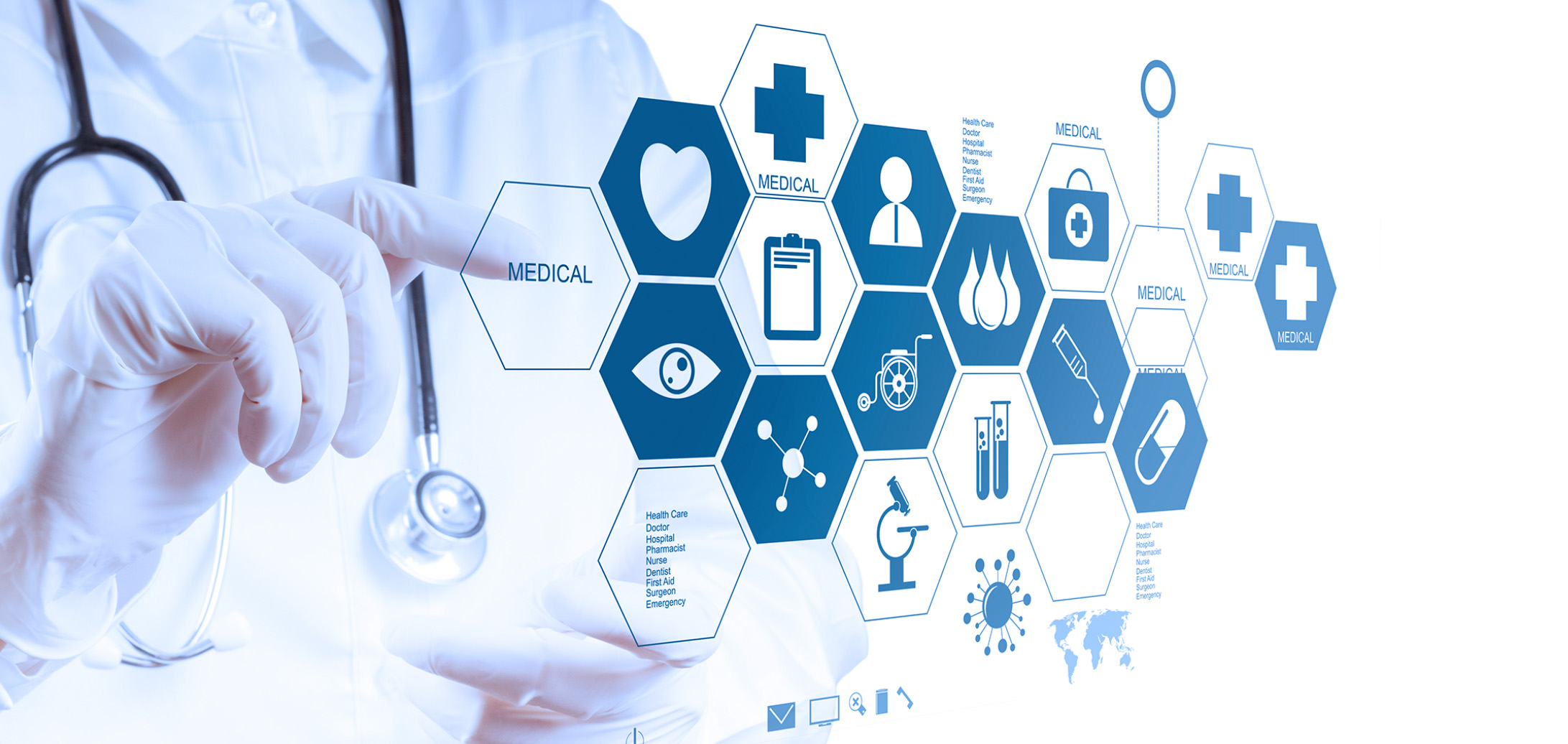
Endometriosis is a disease that affects women and occurs when the uterine lining grows outside the uterus and on other organs. It most commonly affects the reproductive organs, but it can affect other organs as well and can even lead to cancer. Although the uterine tissue grows on other parts of the body, it continues to act the same as it does when it is in the uterus. It will shed tissue and bleed during each menstrual cycle. The blood has nowhere to go, so it becomes trapped in the body. It can cause pain and fertility problems.
The exact cause of endometriosis is unknown, but there are some possible explanations for the condition. These factors include:
Most women who suffer from endometriosis notice pelvic pain that worsens with sex or during menstruation. The pain may be chronic or may only occur for a few days each month. Many women compare the pain to severe menstrual cramps and avoid speaking with a doctor because they assume it is normal. The pain usually worsens over time and can even become debilitating.
Endometriosis can be diagnosed in a few different ways. Most doctors will ask the patient to describe the symptoms and the location of the pain. The doctor or gynecologist may also use different methods to confirm that endometriosis is the problem and to determine the severity and location of it. Some common tests include:
Endometriosis can be treated with medication or surgery. The severity of the condition as well as the client’s age and overall health play a role in which treatment method is used. Some common treatment options include:
Women who are effectively treated for endometriosis can live normal lives and conceive children. Endometriosis sufferers are more likely to suffer from immune system disorders and disease and are at a higher risk for cancer.
![]()